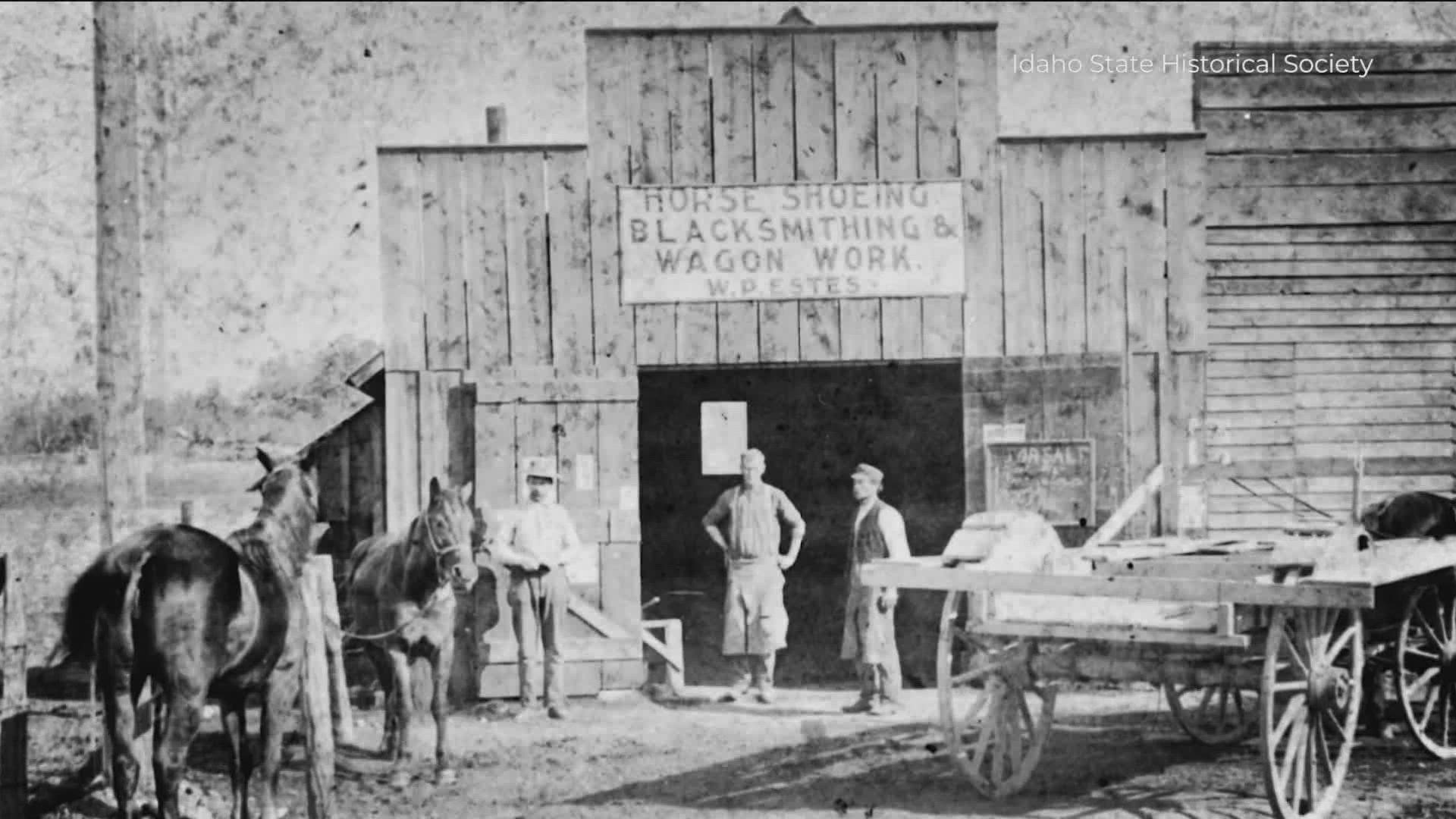BOISE, Idaho — The "street furniture" of Warm Springs Avenue in Boise still remains attached to the historical homes on the old street, where people can still see stone steps that were previously used for horse-drawn carriages.
In 1890, when Idaho became a state, Warm Springs Avenue was just an undeveloped road to a local hot spring. Soon, it became a place for people to live and take advantage of the geothermal hot spring to heat their homes. Mansions began springing up all over the road.
Along with building the mansions, homeowners had to decide how they would get around.
Carriage steps made of stone were built along the side of the road next to hitching posts for the horses. People could climb into their carriages with ease from the front of their homes, then come back from a day of travel and tie up their horses.
Today, there are only a few stones left, including in front of a late Queen Anne-style house built for Lee Estes in 1903.
Dan Everhart with the Idaho State Historical Society said those stones remain because of the historic preservation protection given to those houses on Warm Springs Avenue.
The neighborhood gained historical status in 1979 when it was listed on the National Register of Historic Places, and along with them came what was left of the century-old steps.
They will likely continue to stand throughout the years as a reminder of the rich history of the neighborhood and Boise itself.
Join 'The 208' conversation:
- Text us at (208) 321-5614
- E-mail us at the208@ktvb.com
- Join our The 208 Facebook group: https://www.facebook.com/groups/the208KTVB/
- Follow us on Twitter: @the208KTVB or tweet #the208 and #SoIdaho
- Follow us on Instagram: @the208KTVB
- Bookmark our landing page: /the-208
- Still reading this list? We're on YouTube, too:

